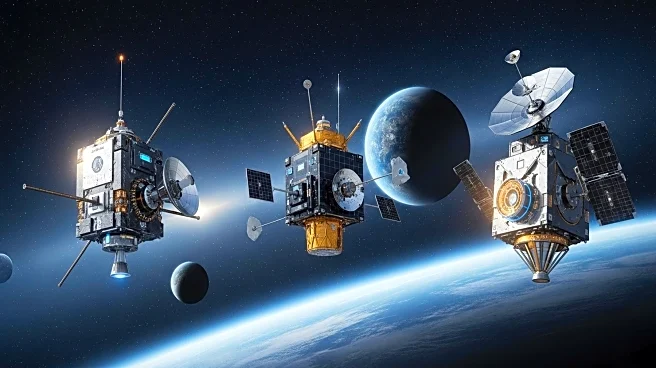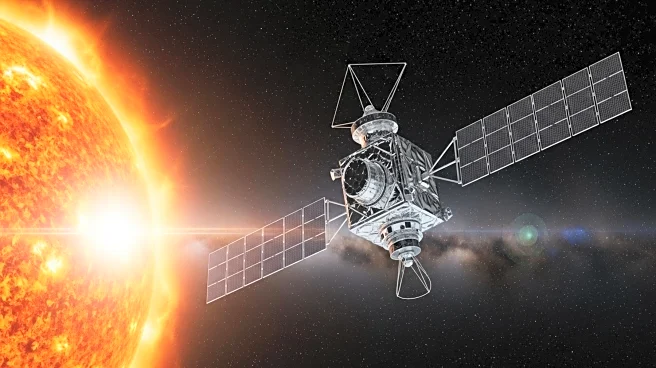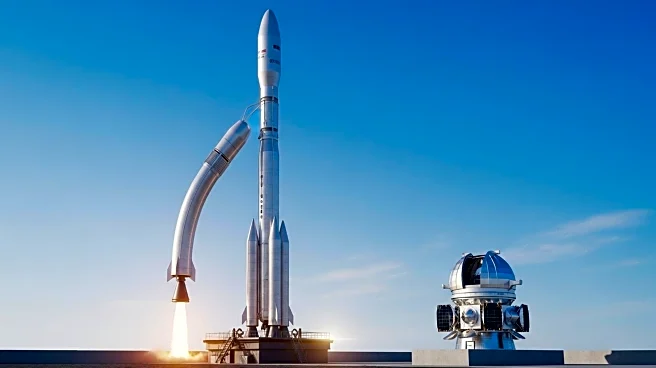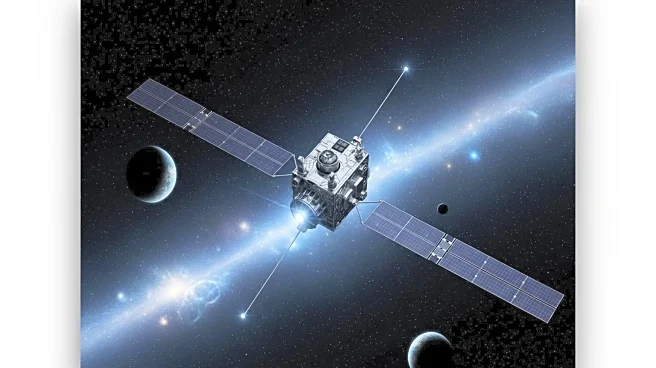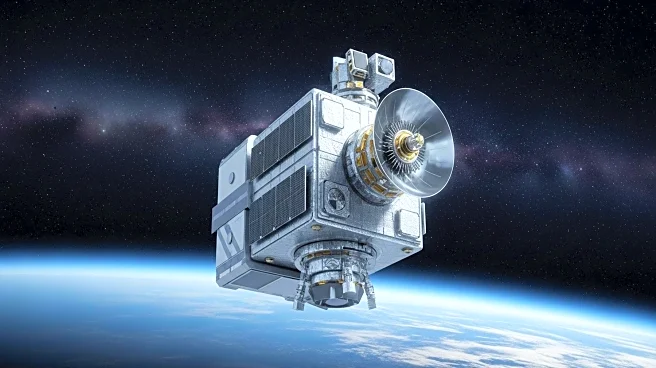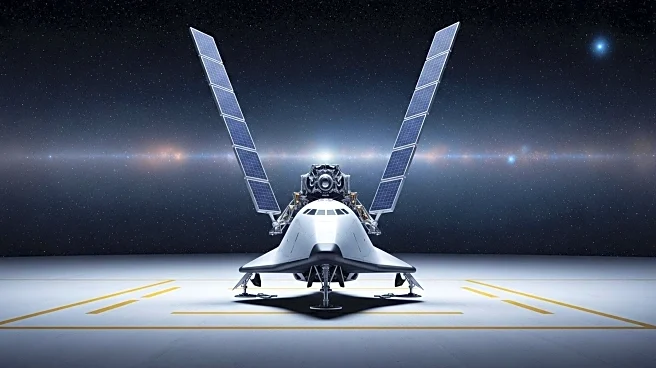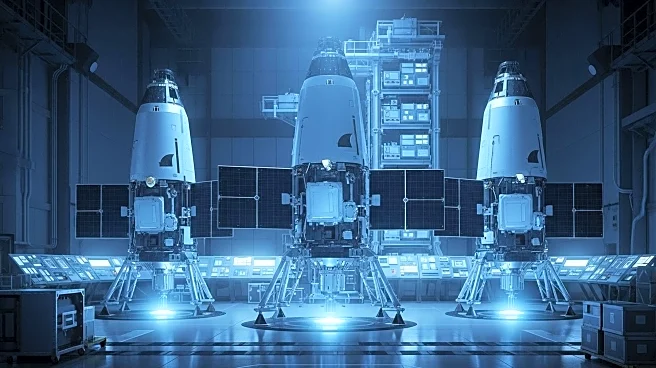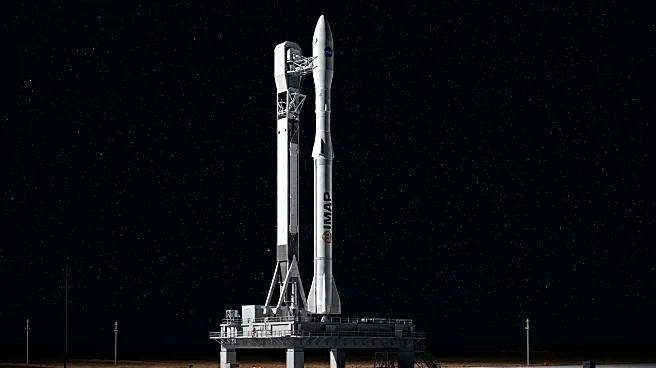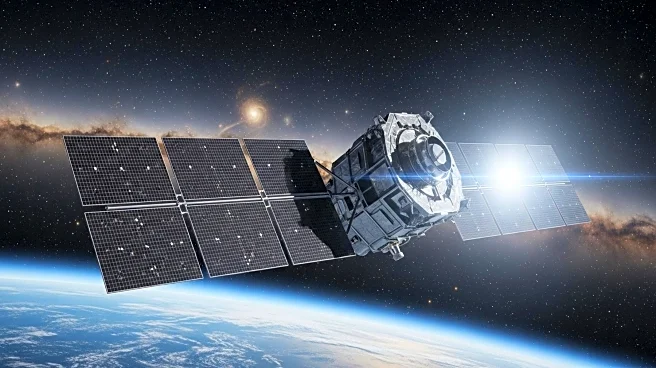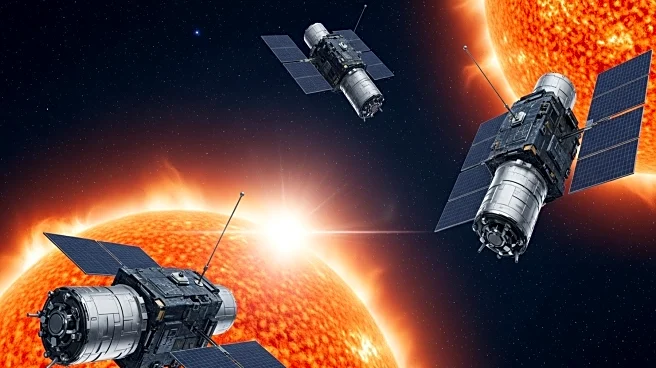What is the story about?
What's Happening?
The SpaceX Falcon 9 rocket's first stage has successfully landed on the company's drone ship, 'Just Read the Instructions,' stationed in the Atlantic Ocean off the coast of Florida. The second stage engine of the Falcon 9 has cut off, paving the way for the IMAP (Interstellar Mapping and Acceleration Probe) observatory to separate from the rocket shortly before 9 a.m. The IMAP mission aims to align its trajectory with its intended destination in an orbit about a million miles from Earth at a Lagrange Point called L1. This development marks a significant step in the mission's progress, as updates continue to be posted on the IMAP blog.
Why It's Important?
The successful landing of the Falcon 9's first stage is crucial for SpaceX's ongoing efforts to reduce costs and increase the efficiency of space missions through reusable rocket technology. The IMAP mission is significant for its potential to enhance our understanding of the heliosphere, a cosmic shield created by the solar wind that protects the planets in our solar system from cosmic radiation. By studying the heliosphere's boundary and interactions with interstellar space, IMAP could provide valuable insights into space weather phenomena, which have implications for satellite operations, communications, and astronaut safety.
What's Next?
Following the separation from the rocket, the IMAP observatory will undergo a coast phase to align its trajectory with its intended orbit at L1. Once in position, IMAP will begin capturing observations of the solar wind and measuring particles from the sun, contributing to a deeper understanding of the heliosphere. The mission's findings could lead to improved predictions of solar storms and their impact on Earth, benefiting various sectors reliant on satellite technology and communications.
AI Generated Content
Do you find this article useful?


